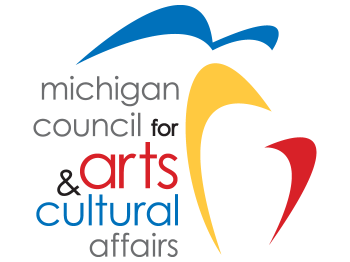Our parks tell the story of many of our historical moments as a city, and serve as gathering places as we process the events of our lives.
“[I can] never forget one incident of that terrible day of the assassination of President Lincoln. I had been out to obtain all possible details, and was walking slowly and sadly home, holding my little nephew by the hand, when I met Mr. Turner at the little Triangle, now Memorial Park. As we stood talking, a farmer came hurriedly across the Fulton Street Park to where we stood and cried out 'Oh Mr. Turner, is the old ship drifting?' Mr. Turner's face was white as he replied, 'I am afraid it is,' and bursting into tears, covered his face with his hands and sobbed aloud like a child. I need not say, perhaps, that the quartette, even to the little lad, joined in the chorus of tears. How often Memorial Park recalls that scene,” writes Angie Bingham Gilbert in the 1898 memoir "Tale of Two Cities."
Gilbert wrote the book for the Old Residents Association of Grand Rapids. It tells her story of growing up in Sault Ste. Marie and Grand Rapids in the 1850's and 1860's. 1850's and 1860's. This book provides the reader a wonderful contrast between both cities and offers many vignettes of Gilbert's childhood.
Gilbert's husband was responsible for the preservation of Veteran's Memorial Park. He also later led the fundraising efforts to have the Civil War monument erected in Monument Park in 1885.
The shared trauma of Lincoln's assassination on Saturday, April 15, 1865 scarred the city and the nation as a whole. It was in Monument Park, and other common places around the city, where our community gathered to process this historical event.
This place marker is still part of our community. It resides in a park which right now is undergoing a transformation even as I write this article. Yet, that monument from 1885 still records the fact that as a community we had a shared traumatic event that helped create and form our nation, state and city. It is a place marker of where we as a community came together to grieve the loss of our President who guided us through the worst four years in our nation's history.
An earlier article by architect Mark Miller stated that when “building places it's the people who count.” When I read that headline I was taken with the idea that it is not only the people who count, but their memories and shared experiences as a community that count as well. It is this sharing that allows us to create our own shared values and local culture. Such sharing can sometimes be a joyful event, like ArtPrize, or the opening of the Downtown Market. Or, it can be a shared trauma that scars and ultimately creates the body of our community that we know today.
For our city, like any other community, there have been events at different times that have helped create the community in which we live. Our parks recall the scenes of our community's memories.
The Rapidian, a program of the 501(c)3 nonprofit Community Media Center, relies on the community’s support to help cover the cost of training reporters and publishing content.
We need your help.
If each of our readers and content creators who values this community platform help support its creation and maintenance, The Rapidian can continue to educate and facilitate a conversation around issues for years to come.
Please support The Rapidian and make a contribution today.



